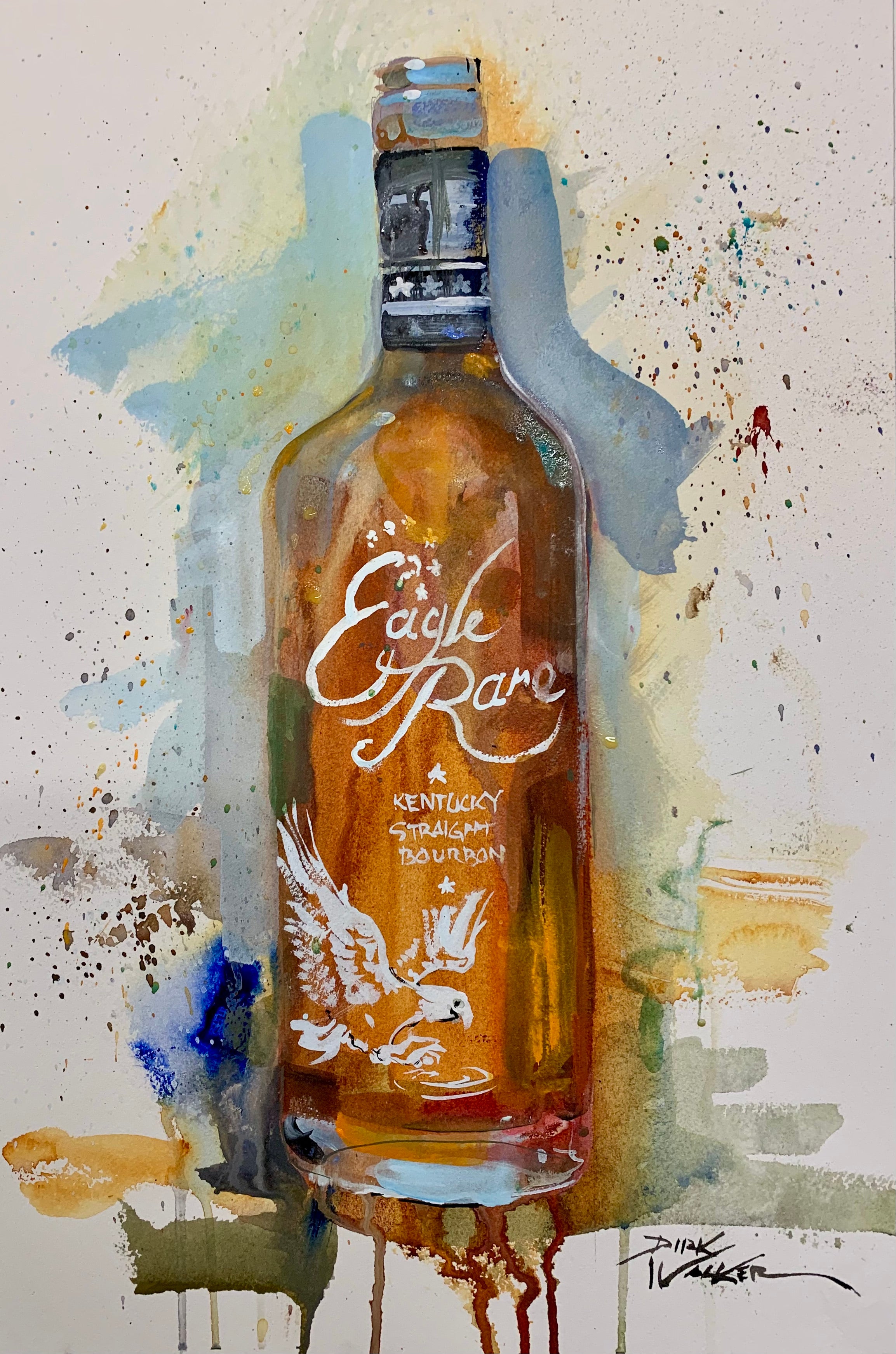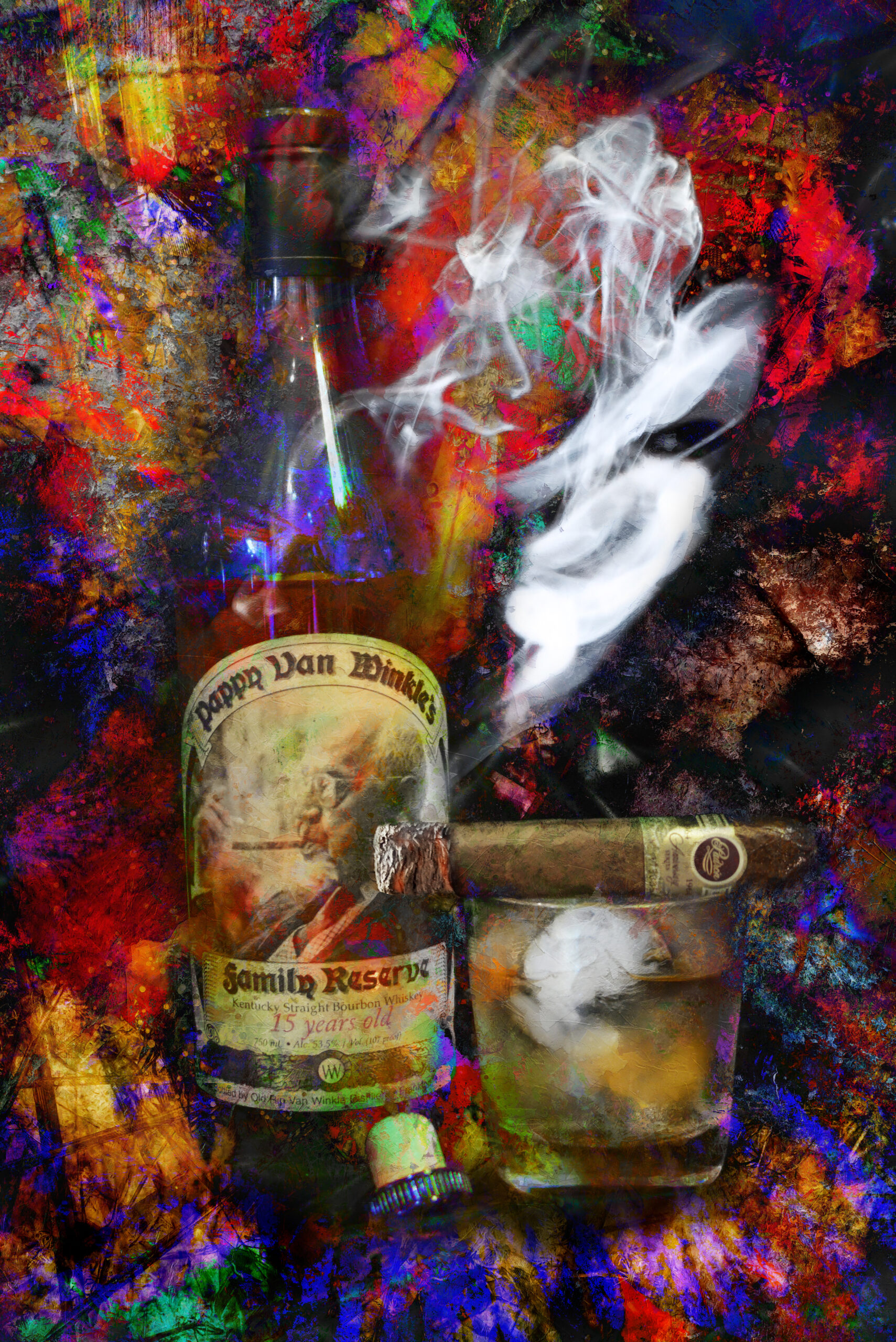The Appeal of Realism Art: A Deep Dive into Whiskey's Rich Heritage
The Appeal of Realism Art: A Deep Dive into Whiskey's Rich Heritage
Blog Article
The Significance of Whiskey Art in Celebrating Heritage and Workmanship in the Beverage Sector
The detailed connection in between scotch art and the celebration of heritage and workmanship within the beverage sector can not be overemphasized. Through attentively developed tags and bottles, whiskey brand names encapsulate their historic roots and the artisanal abilities that define their manufacturing methods.
The Historic Origins of Whiskey
At the heart of bourbon's appeal exists a rich tapestry of historic roots that trace back to old worlds. The beginnings of whiskey can be connected to the purification practices of the Sumerians and Babylonians around 2000 BCE, where very early kinds of fermented grain drinks began to emerge. It was in the Center Ages that the art of purification developed substantially, particularly in Ireland and Scotland, leading to the production of whiskey as we know it today.
The term "scotch" itself originates from the Gaelic word "uisce beatha," meaning "water of life." This phrase highlights the social significance of scotch in Celtic cultures, where it was often related to routines, parties, and public bonding. By the 15th century, distillation became an acknowledged craft within reclusive communities, leading the way for the establishment of lawful distilleries.
As profession courses increased, bourbon's appeal expanded, going beyond local boundaries and capturing the rate of interest of lovers worldwide. Limited Edition. This historic trip shows not just the workmanship behind bourbon manufacturing yet additionally its indispensable duty in social and social contexts, noting it as a substantial drink throughout background
Artistic Expression in Branding
Scotch branding stands as an engaging junction of virtuosity and commerce, where visual identity plays an important function fit consumer assumption. The aesthetic appeals of scotch labels, packaging, and marketing products show not only the brand's tale yet likewise its core worths and heritage. With artistic expression, distilleries convey a story that resonates with consumers, stimulating feelings and stimulating connections.
The usage of color, typography, and images in branding serves to set apart items in a saturated market. Traditional themes might evoke a feeling of authenticity and workmanship, while modern layouts can represent technology and forward-thinking. This tactical imaginative direction improves brand name recognition and commitment, allowing customers to build a personal connection with the whiskey they select.
In addition, artistic expression in branding commonly serves as an event of local heritage. Distilleries often integrate regional icons or historical referrals right into their layouts, developing a sense of location that welcomes customers to take part in a wider cultural experience. Eventually, the virtuosity behind whiskey branding not only boosts aesthetic allure but additionally enriches the overall narrative of the brand, promoting a deeper admiration for the craftsmanship and heritage embedded in each bottle.
Workmanship in Container Layout
The artistry noticeable in whiskey branding expands past visual identity to include the workmanship associated with bottle design. Each container works as a vessel not just for the spirit within, however likewise for the story it outlines its origin, custom, and high quality. The layout process requires meticulous interest to information, as aspects such as material, shape, and closure contribute considerably to the total perception of the scotch.
Craftsmanship in container layout includes selecting top quality glass that can enhance the scotch's color and clarity, while additionally giving a responsive experience for the consumer. The shape of the bottle should be both useful and visually appealing, typically reflecting the heritage of the brand name. Lots of distilleries decide for distinct shapes or printed logos that stimulate a sense of authenticity and background.
Furthermore, the tag style and typography play an important role in communicating the brand name's narrative. Whiskey Art. A well-crafted bottle not only captivates the customer's eye but additionally reinforces the brand name's commitment to top quality and custom. This way, the workmanship of bottle style becomes a crucial aspect of the scotch experience, merging virtuosity with an extensive respect for heritage
Social Importance of Bourbon Art
Celebrating custom and workmanship, the cultural relevance of whiskey art transcends plain looks, linking with the historic and social narratives of the areas from which it stems. Each bottle functions as a canvas, showing the distinct tales, mythology, and traditions that have formed neighborhood whiskey-making practices. The elaborate layouts frequently show the heritage of the distillers, including symbols and themes that reverberate with the society and worths of their communities.

Additionally, bourbon art plays an important duty in communal celebrations and celebrations, offering as a substantial link in between individuals and their shared experiences. By appreciating the virtuosity in whiskey packaging, customers Full Article grow a deeper understanding and respect for the craft, inevitably enhancing their satisfaction of the beverage itself.
Modern Trends in Scotch Discussion
In recent times, the presentation of scotch has actually evolved to show modern preferences and trends while still honoring conventional workmanship - Realism Art. Distilleries are progressively focusing on aesthetic aspects that boost the total drinking experience, bridging the space in between heritage and modernity
Cutting-edge container designs have emerged, commonly including lasting products and artistic labels that tell compelling stories. Numerous brand names currently work together with neighborhood musicians, instilling their items with one-of-a-kind aesthetic expressions that reverberate with customers. In addition, limited-edition launches are often packaged in collectible containers, adding value and allure for aficionados.

Verdict
In final thought, scotch art serves as a vital conduit for expressing the heritage and workmanship integral in the drink market. With elaborate branding, ingenious container styles, and culturally considerable creative elements, bourbon brand names successfully honor their traditions and connect with customers.


Workmanship in container design involves picking high-grade glass that can boost the scotch's color and clarity, while likewise supplying a tactile experience for the customer. In this method, the craftsmanship of container style becomes a vital facet of the scotch experience, merging virtuosity with an extensive respect for heritage.
In final thought, whiskey art offers as an important conduit for revealing the heritage and craftsmanship integral in the beverage industry.
Report this page